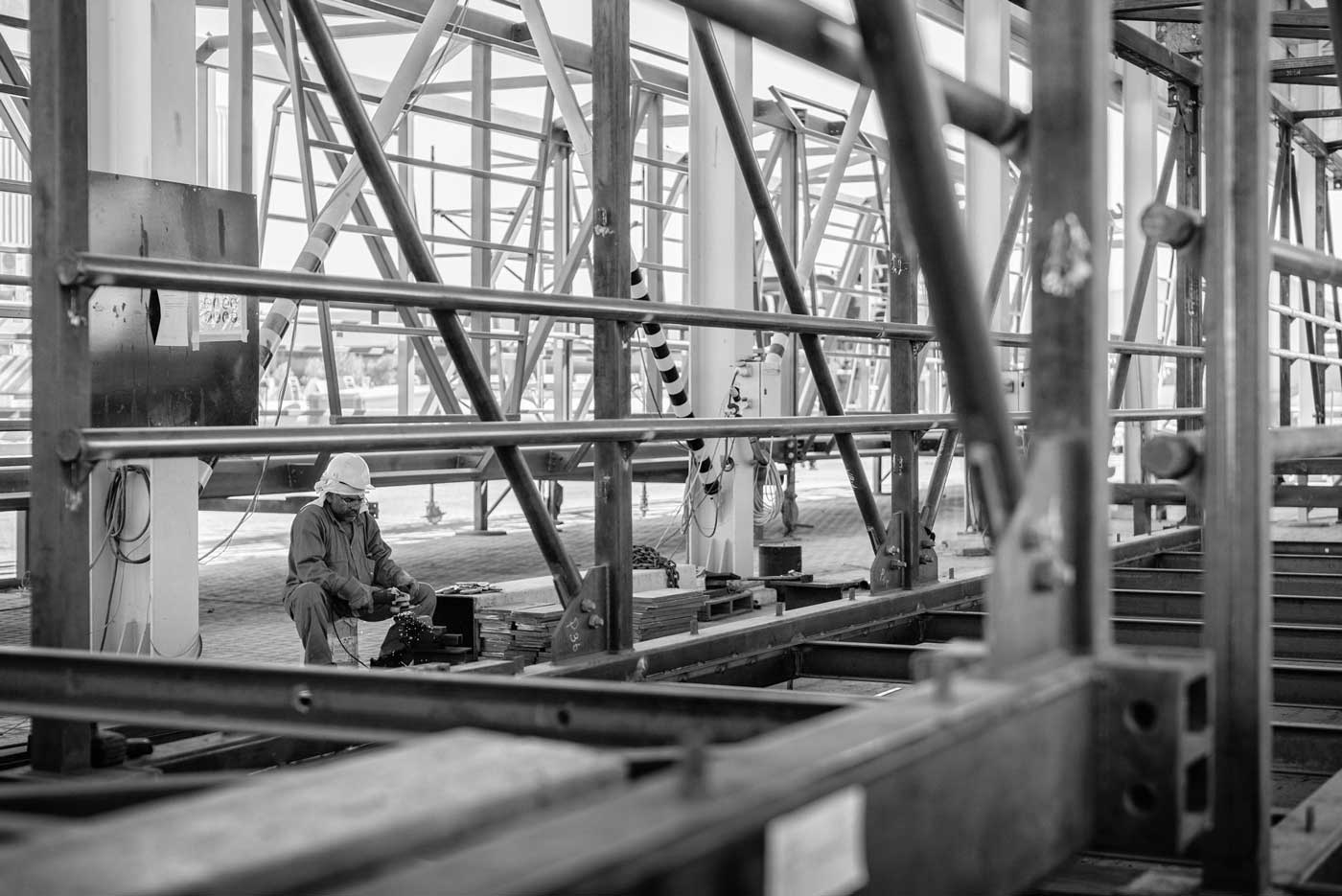Though often overshadowed by their permanent counterparts, temporary bridges form the foundation for dynamic change in engineering endeavors. They are, by design, short-term solutions that facilitate progress. These bridges come to life when existing routes need refurbishment, expansion, or repair, ensuring that the ebb and flow of daily life remains uninterrupted. Furthermore, in times of crisis and unforeseen challenges, they step forward as swift and sturdy lifelines, connecting communities and enabling critical access.

1. Continuity of transportation: One of the primary reasons for the importance of temporary bridge construction lies in its role in maintaining the continuity of transportation. When a major road or railway bridge needs repair or replacement, closing it for an extended period is not feasible. Temporary bridges provide a seamless passage for vehicles, pedestrians, and equipment during the construction or repair of permanent structures. This ensures that traffic and essential transportation routes remain operational, minimizing disruptions.
2. Enhancing safety: Safety is a paramount concern in engineering and construction projects. Temporary bridges are meticulously designed to provide safe passage for workers and the general public. Moreover, they facilitate the efficient movement of heavy machinery and construction materials, reducing the risk of accidents and environmental damage. These bridges are engineered to withstand the specific load requirements of construction equipment, ensuring that safety standards are met.
3. Disaster response and recovery: Temporary bridges are not limited to planned construction projects; they also have a significant role in disaster response and recovery efforts. In the wake of natural disasters such as floods, hurricanes, or earthquakes, existing bridges may become damaged or impassable. Temporary bridges can be rapidly deployed to restore crucial transportation links, enabling emergency services, supplies, and affected communities to access essential areas quickly.
4. Resale potential: One of the remarkable aspects of temporary bridge construction is its sustainability. Due to their impermanent nature, these bridges can be uninstalled and resold once a project is complete. This resale option provides an excellent opportunity to recoup a portion of the original investment, making temporary bridges a financially astute choice.
5. Minimal infrastructure requirements: Temporary bridges excel in their minimal infrastructure requirements. Designed with adaptability in mind, these bridges arrive pre-equipped for installation, reducing the need for extensive groundwork.
6. Corrosion resistance: Temporary bridges are not merely structures with short-term use in mind; they are meticulously crafted with materials known for their corrosion-resistant properties. A common practice is to fully galvanize the components. This layer protects against corrosion, effectively preventing rust and deterioration.
7. Ease of storage and transportation: Temporary bridges are designed with an eye toward practicality in storage and transport. This dual-purpose design is a testament to their versatility. When a temporary bridge arrives at a construction site, it is often pre-fabricated and ready for assembly. However, what happens when it’s time to move or store it?
Temporary bridge construction may often go unnoticed, but its significance in engineering and infrastructure cannot be overstated. These vital structures play a crucial role in maintaining the flow of daily life by ensuring uninterrupted transportation, enhancing safety and providing essential lifelines during crises. Their ability to be easily relocated and sold and their corrosion resistance make them practical and sustainable solutions.
Temporary bridges exemplify the adaptability and resilience of engineering in the face of evolving needs and challenges. As we continue to rely on them for the continuity of transportation, disaster response, and even resale potential, we can appreciate the enduring impact of these short-term solutions that support long-term progress in our ever-changing world.